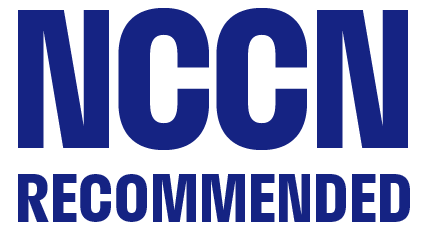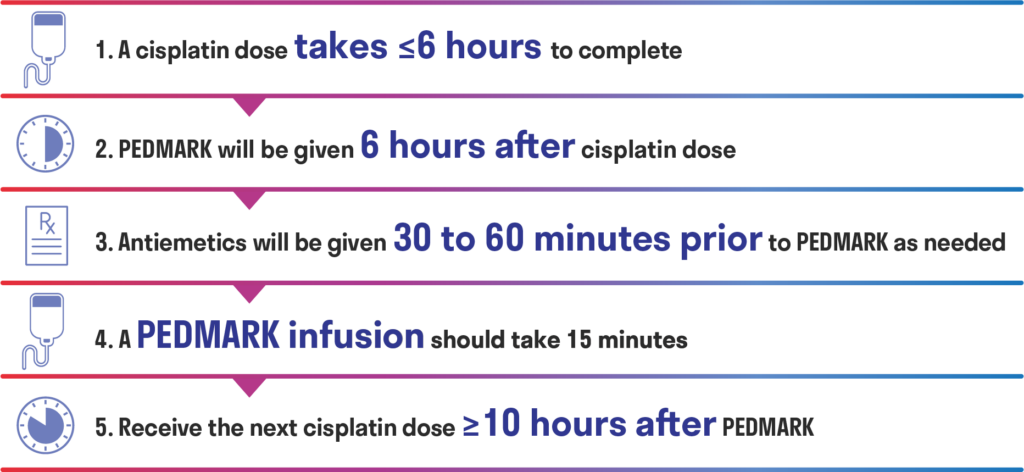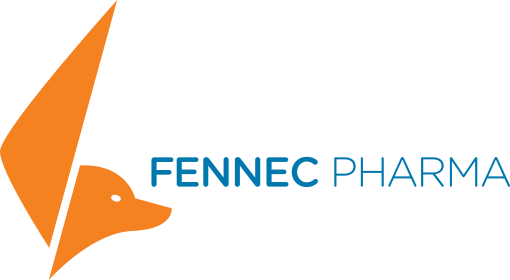
Not actual patient.
How is PEDMARK given?

Not actual patient.
Recommended for the Adolescent and Young Adult population* by the National Comprehensive Cancer Network® (NCCN®)
These recommendations are not consistent with the FDA indication. Always refer to the PEDMARK Prescribing Information and Instructions for Use.

NCCN Clinical Practice Guidelines in Oncology (NCCN Guidelines®) for Adolescent and Young Adult (AYA) Oncology recommends sodium thiosulfate (PEDMARK) as a preventative treatment option to reduce CIO in pediatric/AYA patients with localized, nonmetastatic solid tumors.
*NCCN Guidelines® define an adolescent or young adult (AYA) oncology patient as an individual between 15 and 39 years.
NCCN makes no warranties of any kind whatsoever regarding their content, use or application and disclaims any responsibility for their application or use in any way.
CIO=cisplatin-induced ototoxicity; NCCN=National Comprehensive Cancer Network.
It is crucial to receive PEDMARK 6 hours after chemotherapy

Dosing is based on a patient’s weight.
PEDMARK is given as a 15-minute infusion
If PEDMARK is given too soon after cisplatin infusion, it may impact how well cisplatin works.
If PEDMARK is given more than 6 hours after cisplatin infusion, it may not work to protect someone’s hearing.
A person should not get PEDMARK if the next scheduled cisplatin infusion will start in less than 10 hours.
There’s no substitute for PEDMARK
The source for access support
Fennec HEARS™ is the single source for both financial and patient support. Call 1-833-7PEDMARK.


Get more information about PEDMARK
Find helpful tools and resources.
IMPORTANT SAFETY INFORMATION
- Do not allow your child to receive PEDMARK if they have had a severe allergic reaction to sodium thiosulfate or any of the other ingredients in PEDMARK.
- Allergic reactions can happen with PEDMARK and can be serious and life-threatening. Your healthcare provider will monitor your child for allergic reactions during the PEDMARK infusion. Your healthcare provider will stop the infusion and provide treatment if your child has an allergic reaction. If your child has an allergic reaction, your healthcare provider will give your child certain medicines before each PEDMARK infusion. Tell your healthcare provider right away if your child has any of these signs of an allergic reaction: rash, hives (raised bumps), chest tightness, wheezing, trouble breathing, swelling of the face, lips, tongue, or throat.
- Changes in salt and potassium levels in the blood are common with PEDMARK but can also be serious. Your healthcare provider will do blood tests to check your child’s sodium and potassium levels before starting and as needed during treatment with PEDMARK. Tell your healthcare provider right away if your child develops any of the following signs or symptoms: feeling tired or weak, feeling restless, muscle weakness, seizures.
- Nausea and vomiting are common with PEDMARK but can also be serious. Your healthcare provider will give your child medicines before each PEDMARK infusion to help prevent nausea and vomiting.
- The most common side effects of PEDMARK include decreased red blood cells (anemia).
- These are not all the possible side effects of PEDMARK. Call your child’s doctor for medical advice about side effects. You may report side effects to FDA at 1-800-FDA-1088. You may also report side effects to Fennec Pharmaceuticals, Inc. at 1-833-336-6321.
Please see full Prescribing Information, including Patient Information, for PEDMARK.
WHAT IS PEDMARK?
PEDMARK is a prescription medicine used to decrease the risk of hearing loss in children 1 month of age and older who are receiving cisplatin for solid tumors (cancer) that have not spread to other parts of the body.
It is not known if PEDMARK is safe and effective when given after cisplatin infusions longer than 6 hours.
It is not known if PEDMARK is safe and effective in children less than 1 month of age. PEDMARK is not recommended in children younger than 1 month of age.

